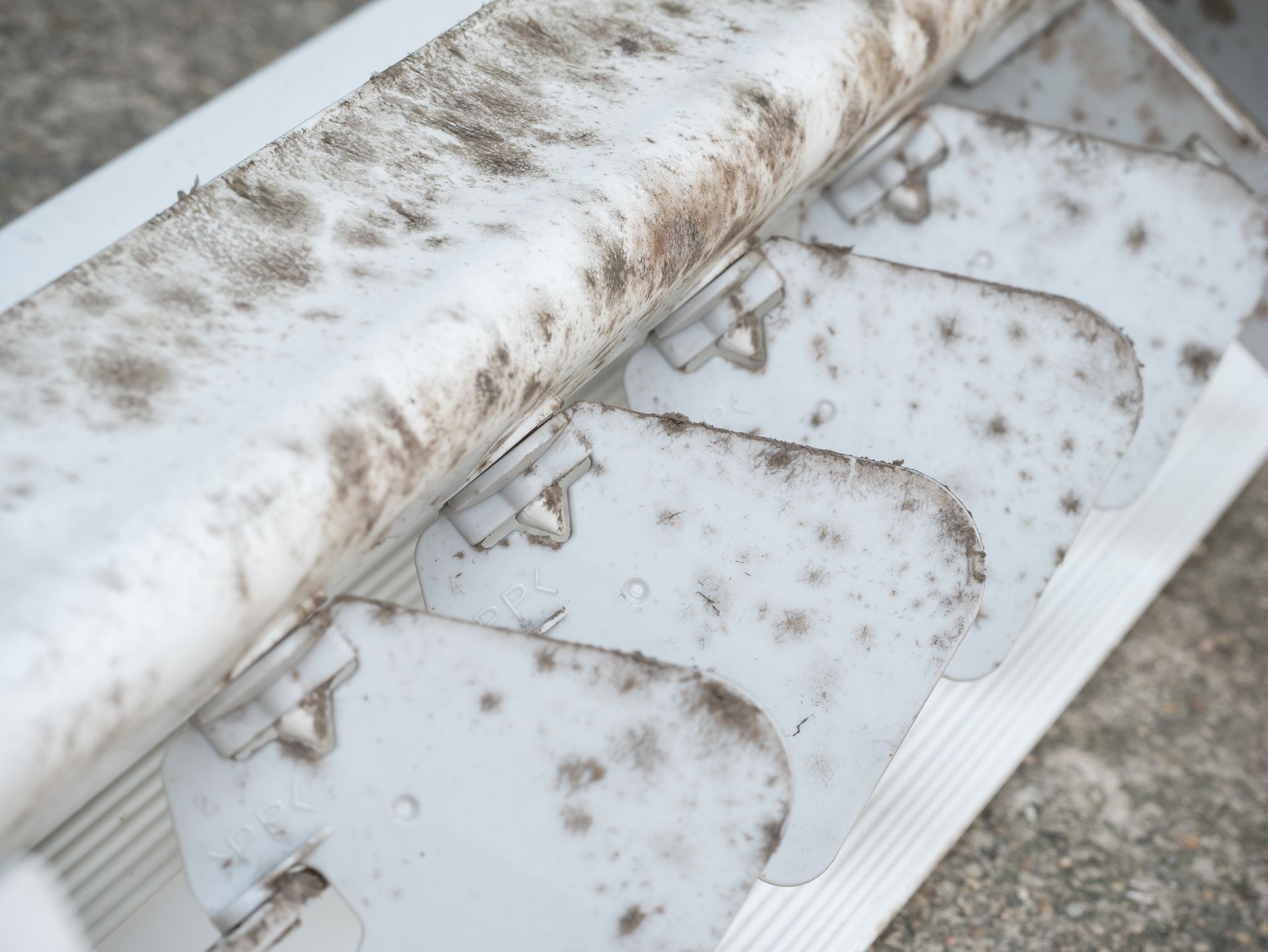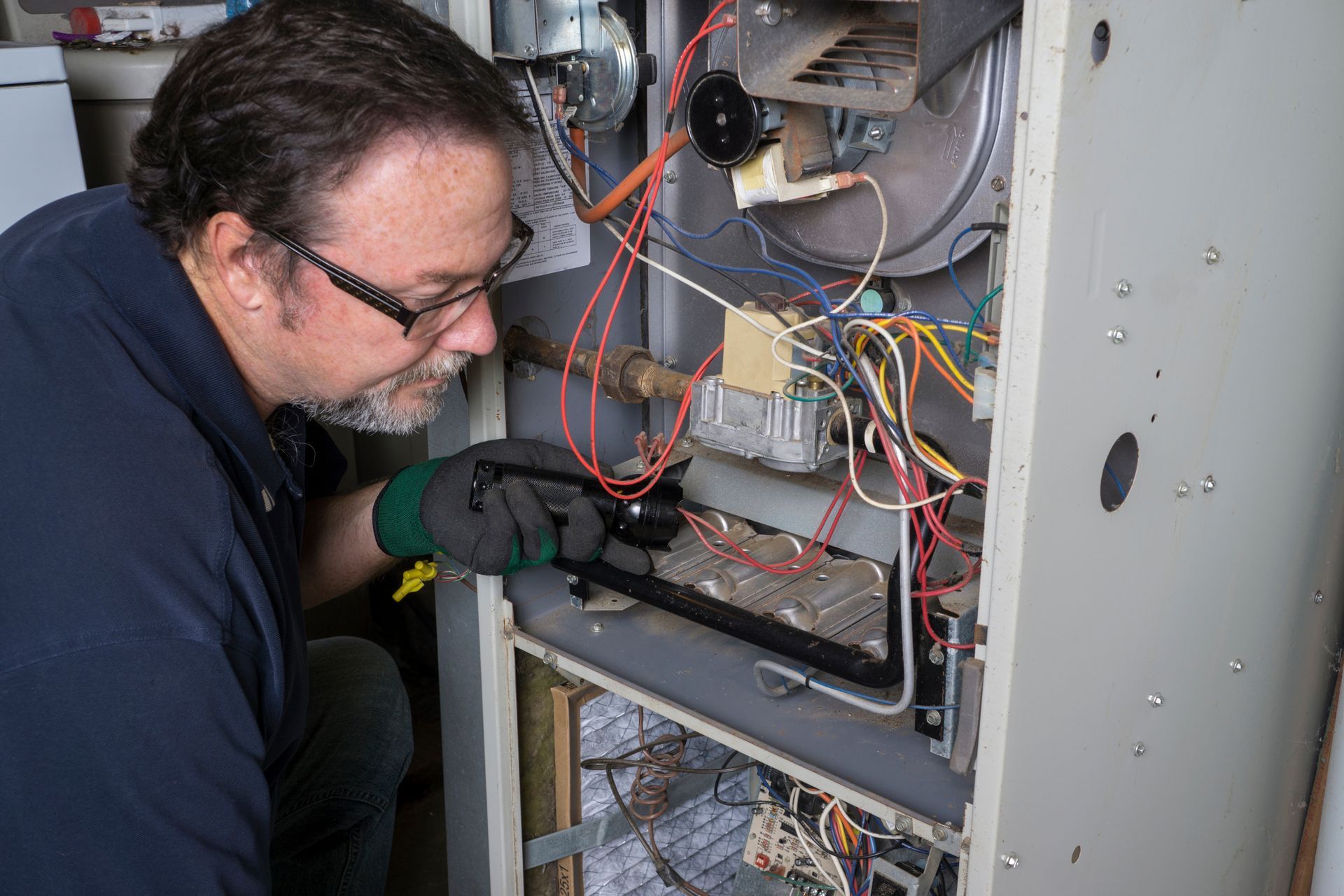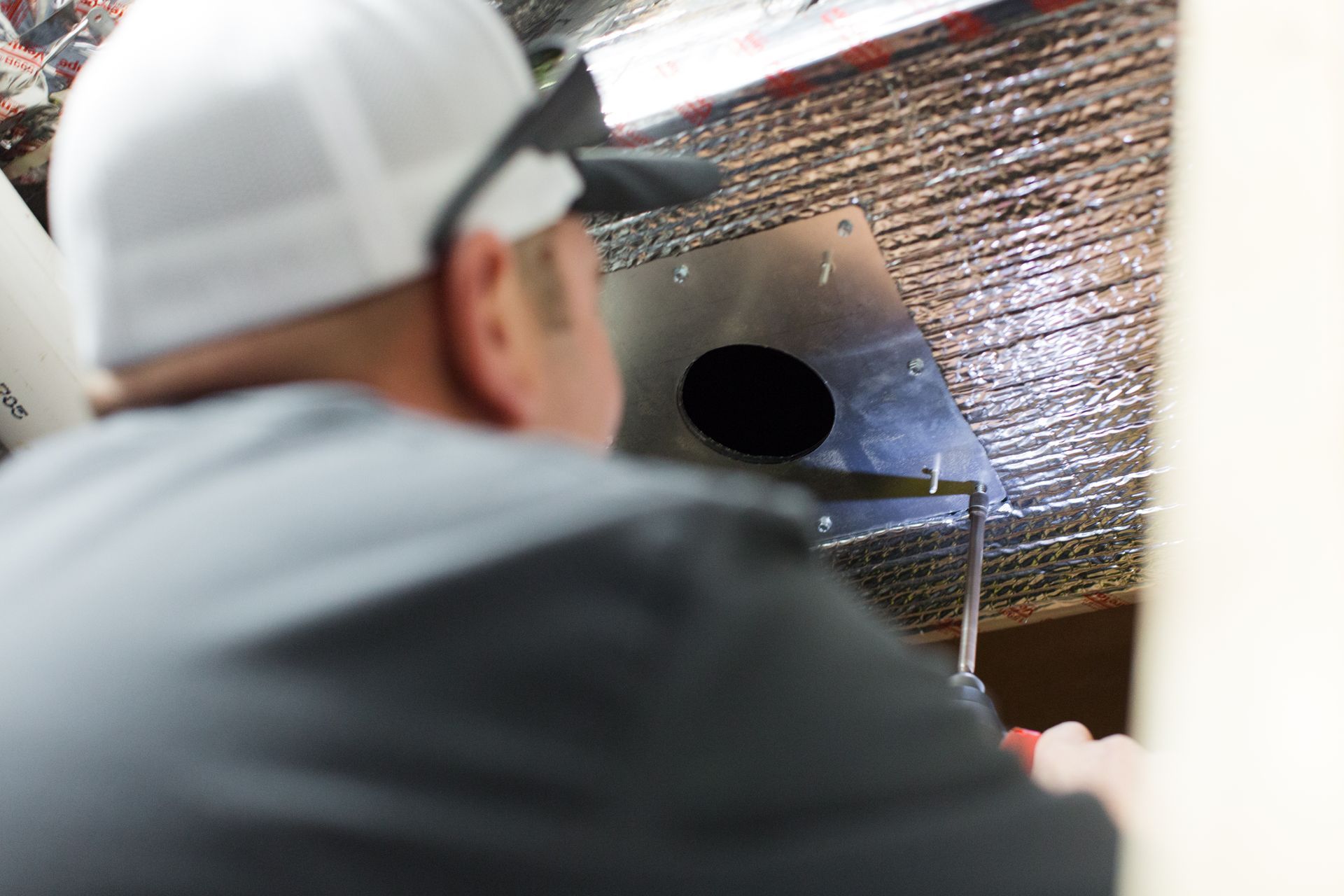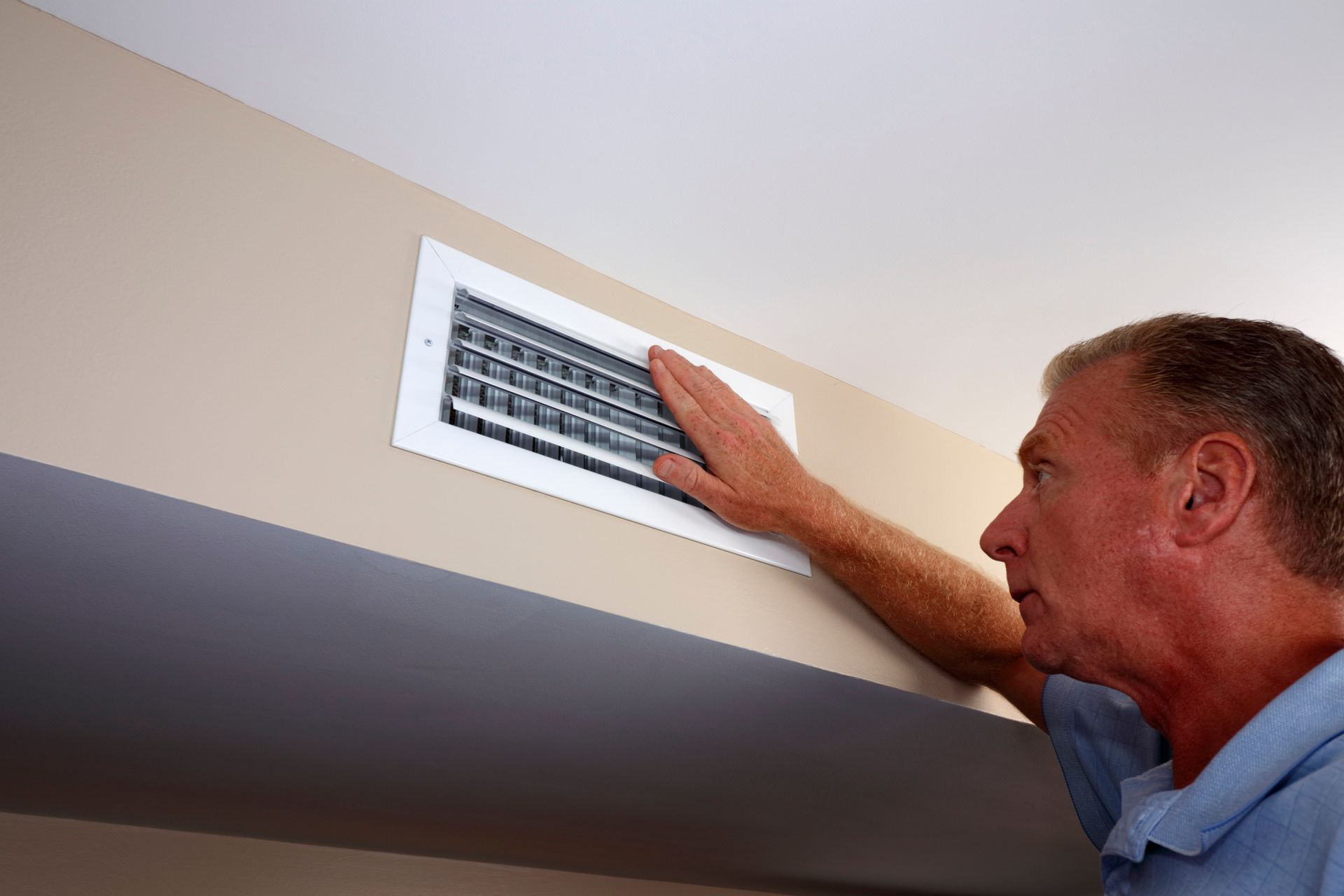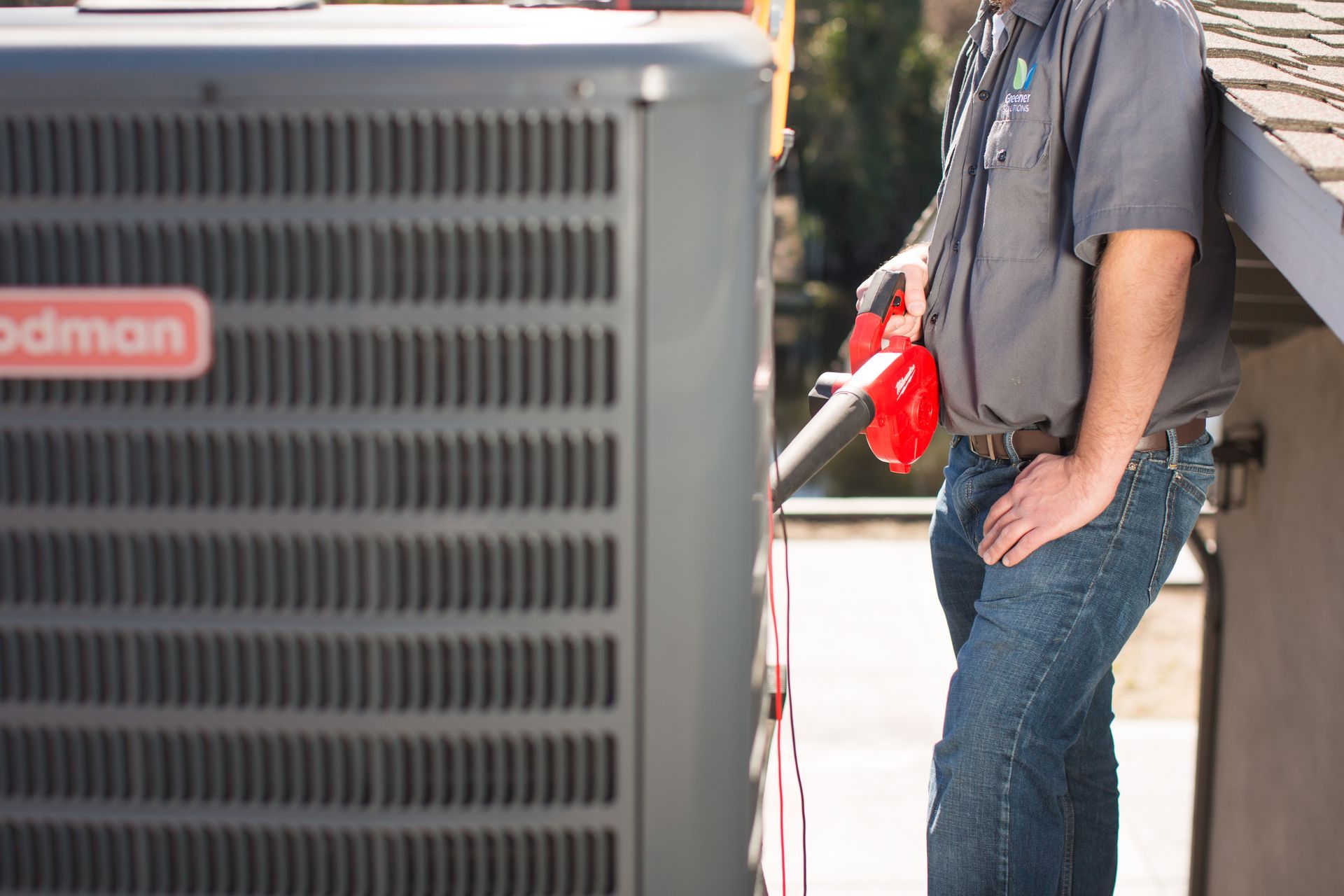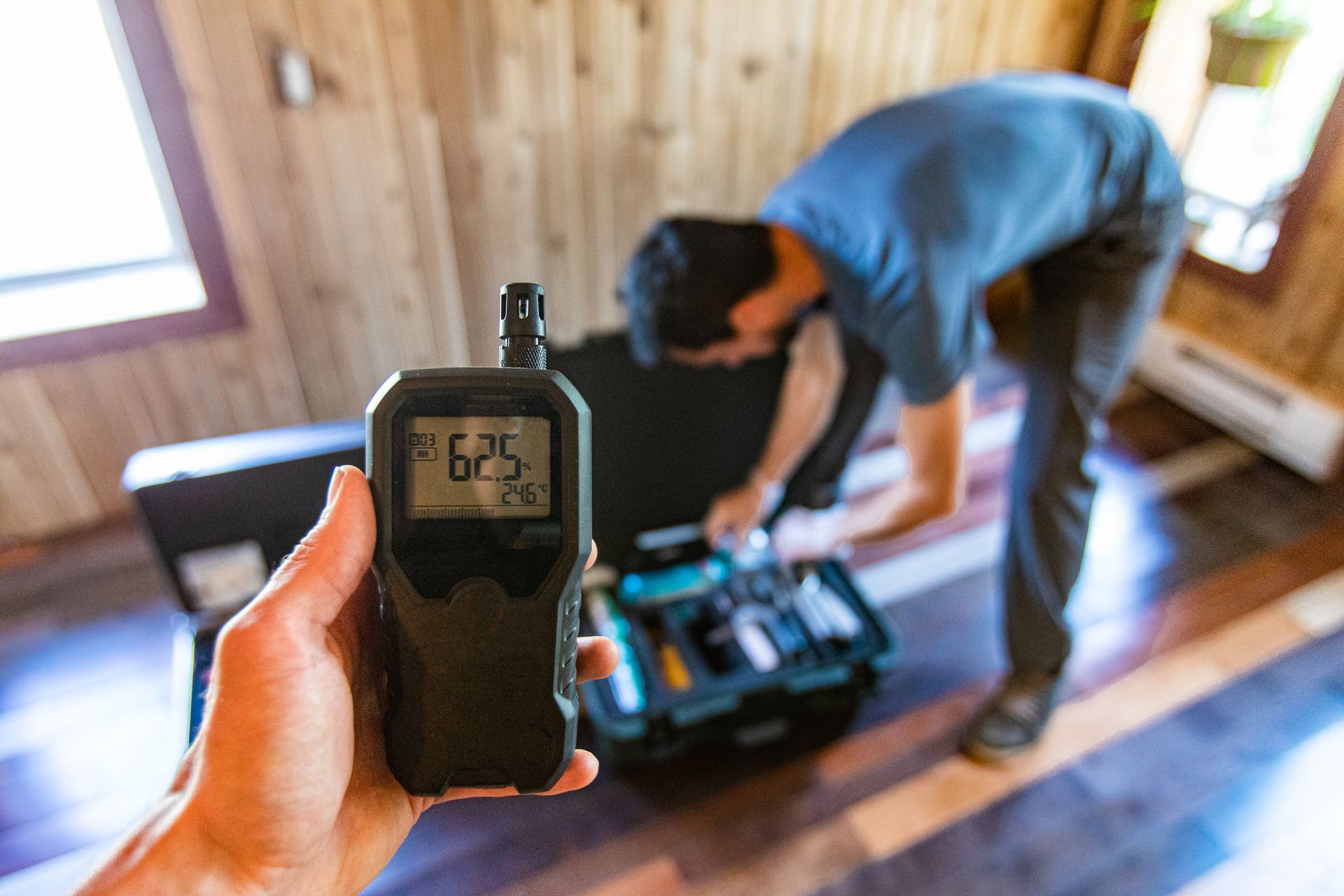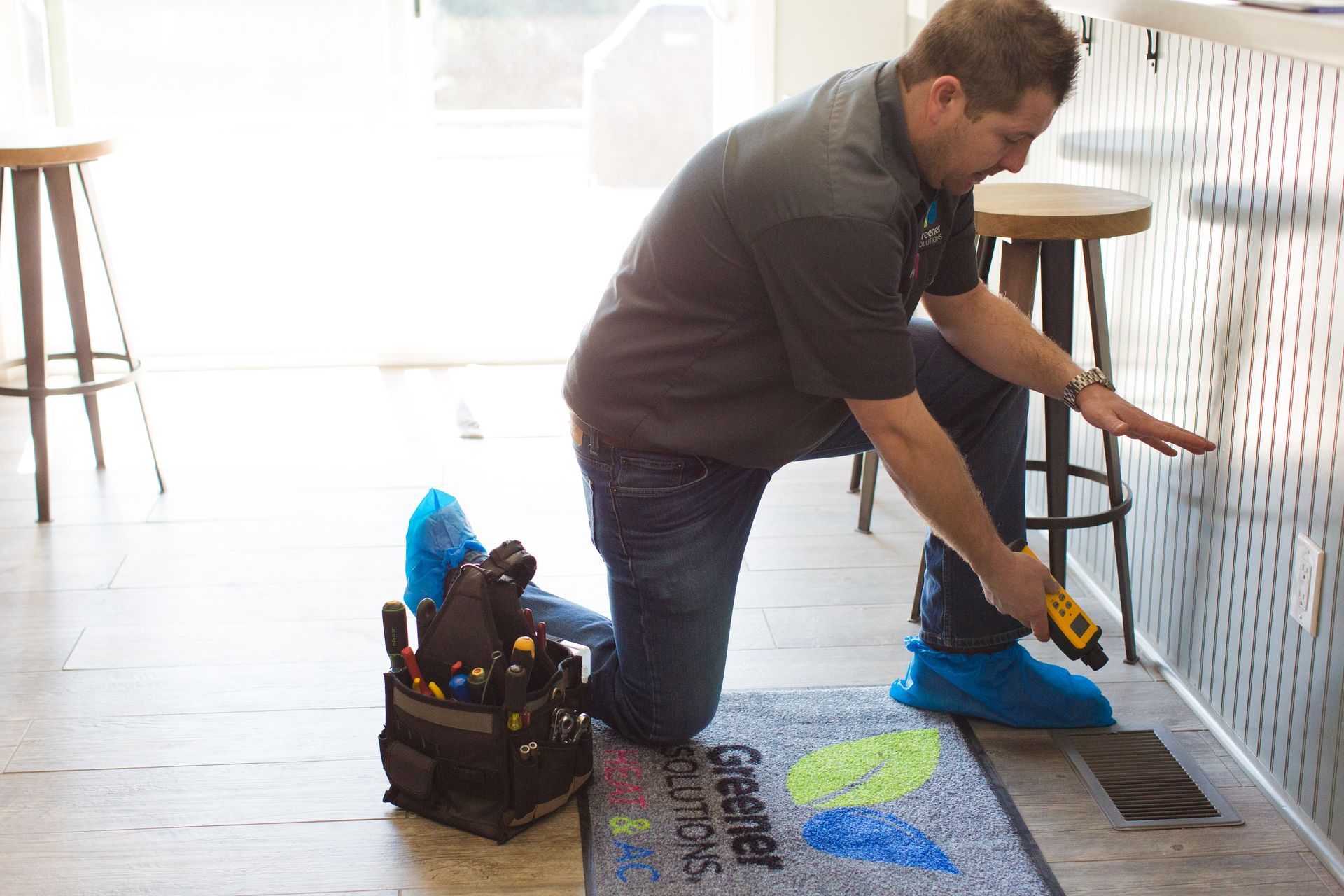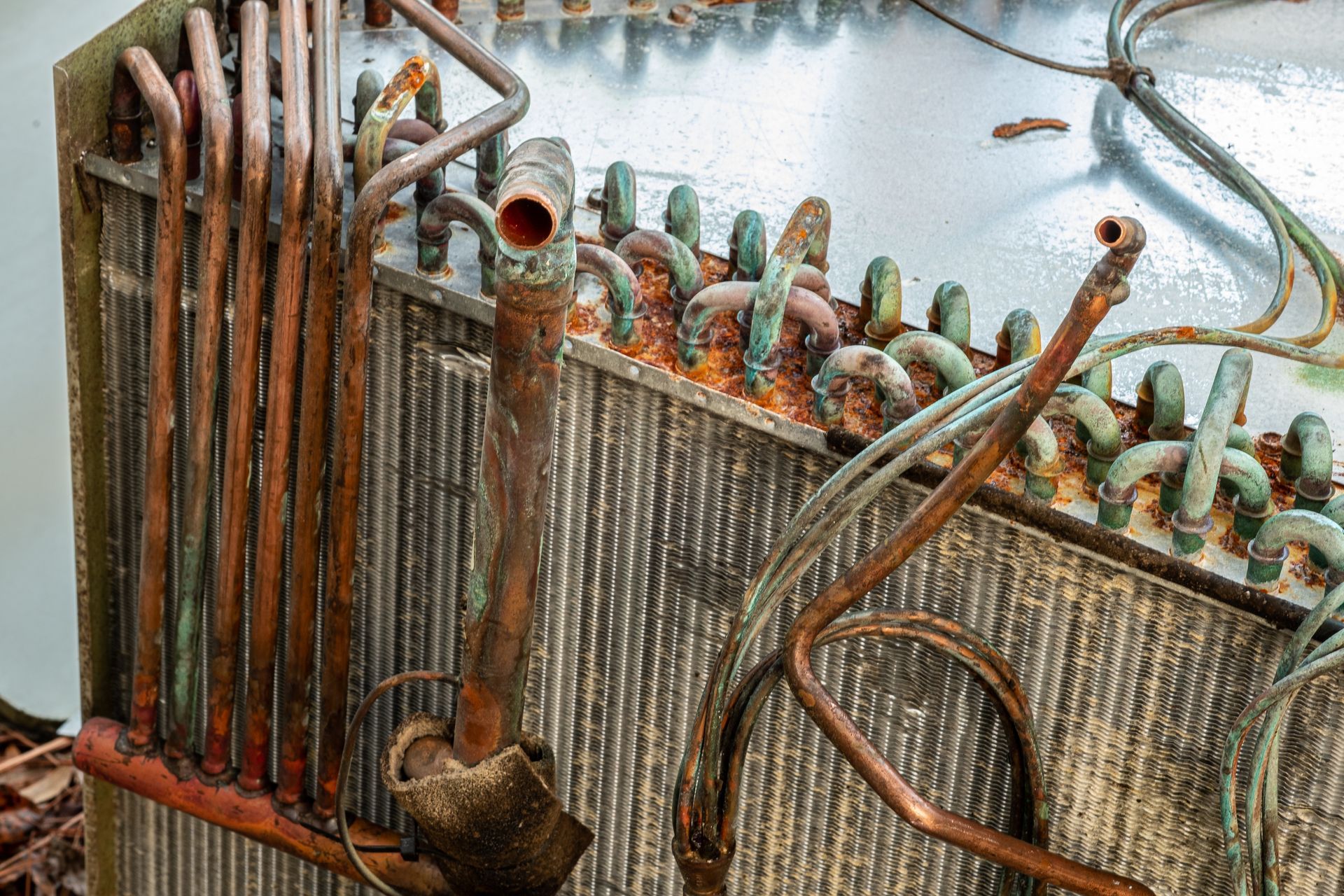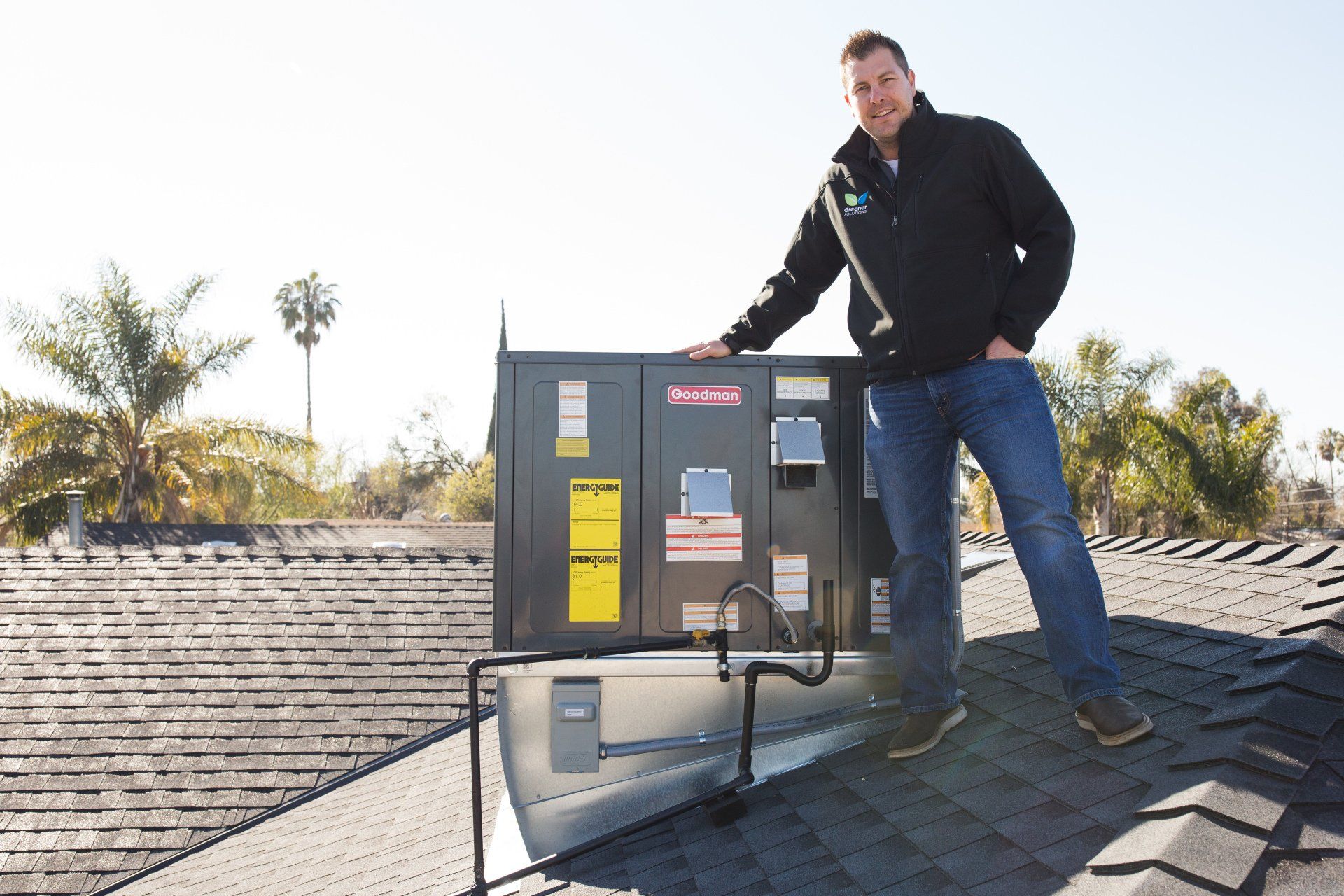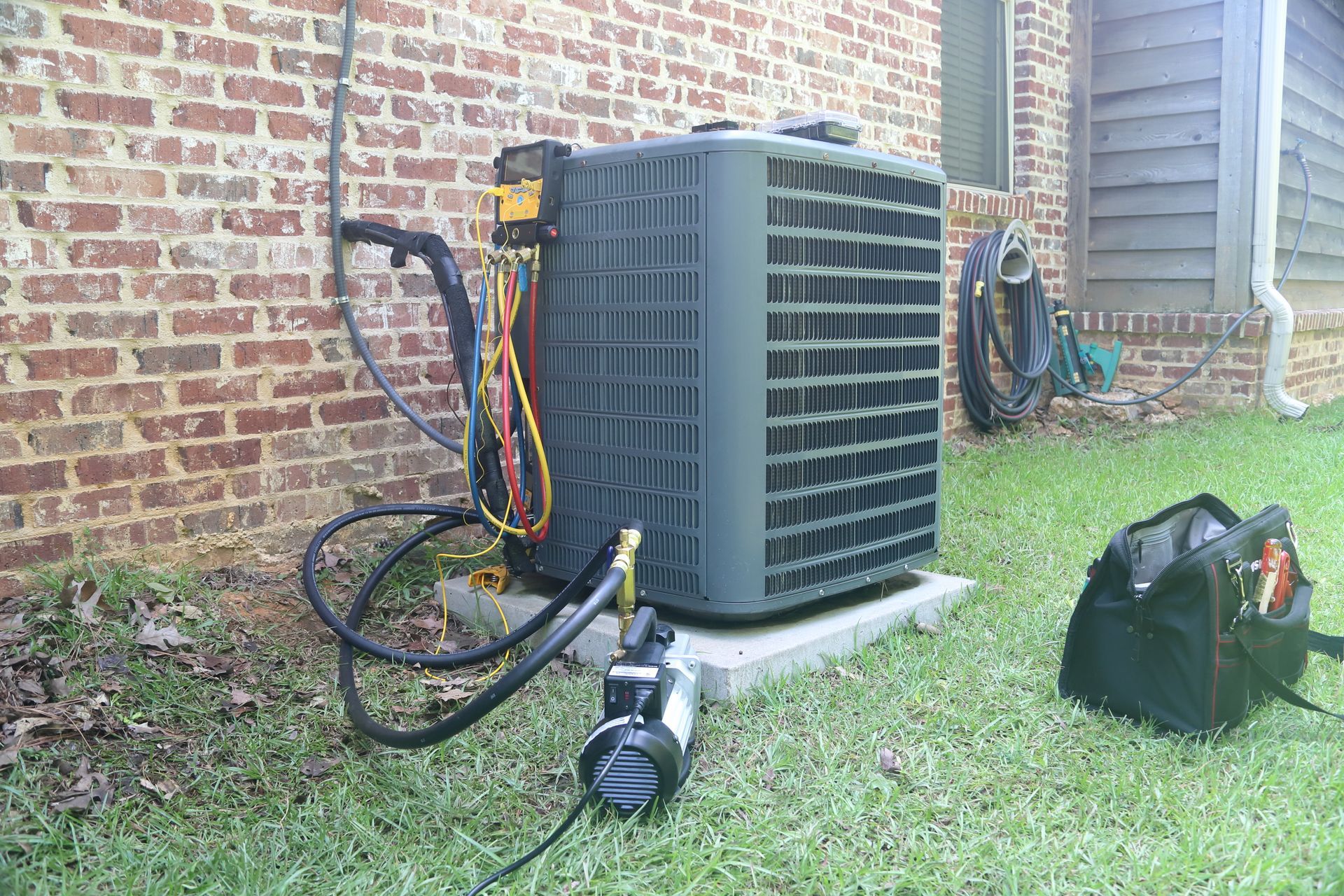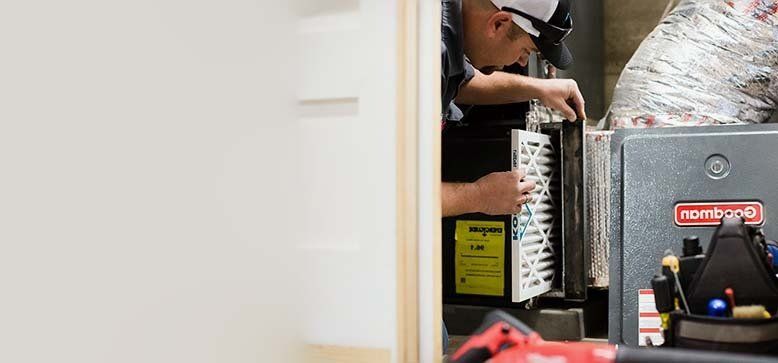Guide to Ductless Mini Split Installations
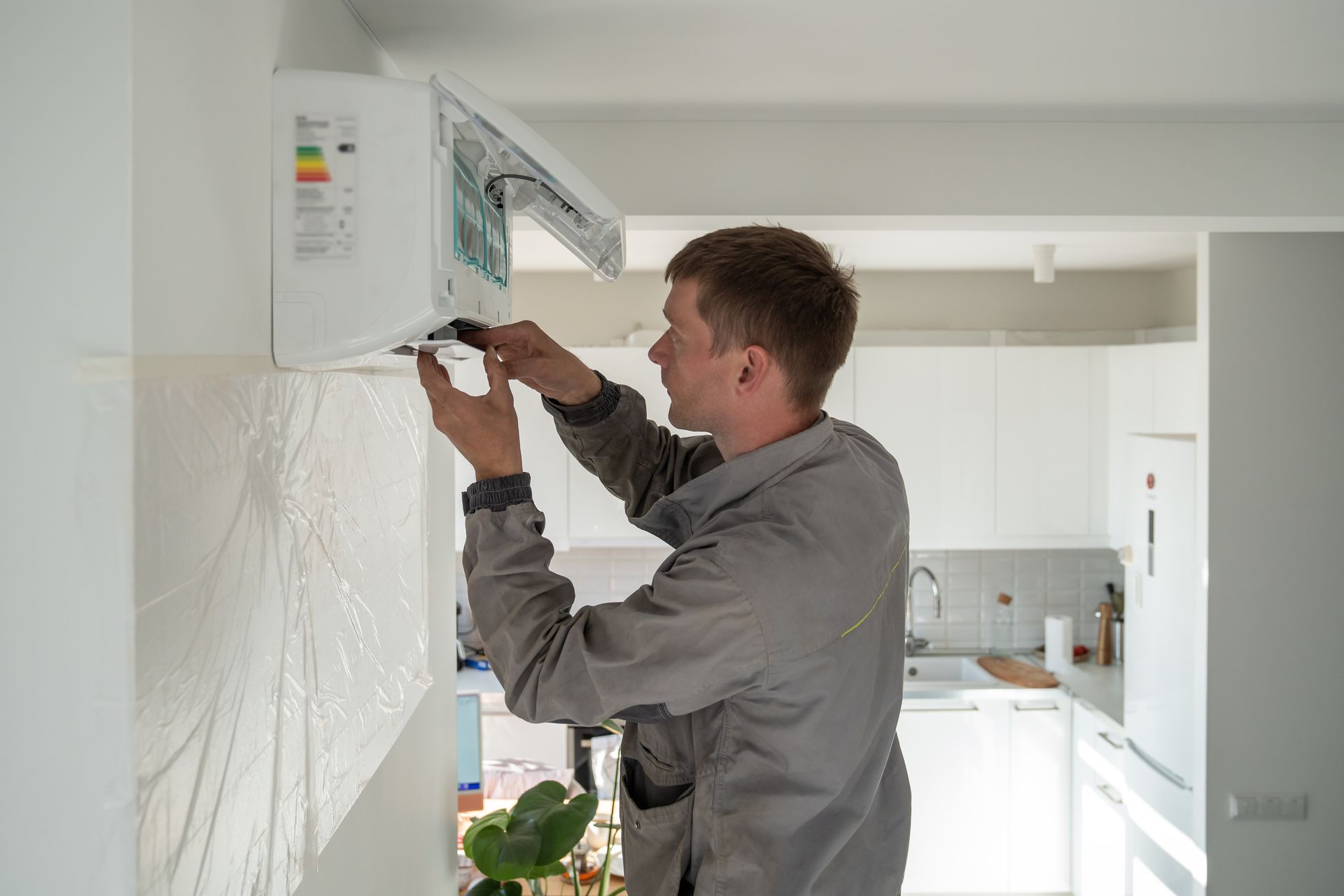
Ductless mini split HVAC units offer an innovative solution for climate control in specific rooms of your house which eliminates the need for traditional AC systems that rely on bulky ductwork. These units are typically cheaper to run than conventional central AC systems when fitted for smaller homes and are an excellent choice for maintaining individual temperatures zones in bedrooms, home-based workspaces, and decorated garages or lofts.
So, why would a ductless mini split be the perfect fit for your home, and what benefits does it bring?
What is a Ductless Mini Split Air Conditioner?
A ductless mini split AC unit is a newer member of the HVAC family. This style of cooling unit is commonly found in international markets but has recently been making waves in the US. These units can moderate your home's temperature without the need for air ducts. These systems work through wall-mounted indoor evaporator units installed in each room to be heated or cooled. Each unit comes equipped with an individual thermostat which enables personalized temperature settings. All these indoor units connect to a single or multiple outdoor units housing the condenser and compressor.
Why You Should Hire Professionals for Mini Split Installations
Though ductless mini splits are widely available across retail platforms, it’s critical to engage the services of a professional HVAC firm to ensure optimal installation. Here's why you should always opt for a professional installation:
- Safety First: Ductless mini splits installations involve charging refrigerants that can pose significant risks if improperly installed. Additionally, mini split installations often require electrical modifications to ensure adequate power supply, which should ideally be carried out by trained professionals to avoid accidents that can result in electrical shock.
- Guard Your Investment: HVAC units are intricate machines composed of various interconnected parts. If improperly installed, your system may operate inefficiently and inadequately cool your home. This can cause an unnecessary surge in your electricity bill. A botched installation can also result in component damage, leading to costly repairs or replacements. HVAC technicians, with their specialized knowledge and experience, are best suited for proper installations.
- Efficient Installation: HVAC professionals are trained in mini split system installations and can carry out the task more effectively and efficiently. Amateur DIY attempts at mini split installations often encounter unexpected challenges, leading to increased time, effort, and cost implications.
- Quality Assurance: Post-installation, an HVAC professional will test the mini split system to confirm its proper function. They will conduct a pressure test, charge the refrigerant, initiate the system, and run cycles to assess its efficiency.
- Home Compatibility: HVAC professionals can accurately determine the suitable units for your home's size and power requirements. An improperly sized unit may lead to overuse and higher energy costs, while reducing the unit's life. Professionals can also ascertain if your home is ready for installation, which may involve setting up additional electrical outlets in certain rooms.
Selecting the Ideal Ductless Mini Split AC System
Different types of mini split AC systems cater to specific cooling needs. Hence, it’s essential to identify the one that fits your requirements before proceeding with the purchase and installation.
Types of Ductless Mini Split Systems
- Single-Zone: This setup is ideal for cooling a single area, such as a bedroom, living space, or home extension. This system is the simplest system to install with one thermostat and also the most compact. It is best suited for smaller homes that don’t require multiple zones or those with large common areas due to open-floor plans.
- Dual-Zone: This system is perfect for controlling the temperature in two areas of your home. It comes in handy when a specific part of your house needs enhanced temperature regulation because it gets too hot or cold.
- Multi-Zone: These systems come with several evaporator units for different rooms in your home (usually between 2-5) that are all linked to a single outdoor unit. Multi-zone AC systems can often provide a more affordable and cost-effective solution than a traditional central AC system.
To ensure you make the best choice, consider consulting with a professional HVAC company. Their expertise will guide you in determining the size, system type, and brand best suited to your property and cooling requirements.
Understanding the Costs That Come with Ductless Mini Split AC Installation
The expenditure for the installation of a mini split system ranges from $7,000 to $25,000, depending largely on several variables. The median cost for an ordinary sized dwelling is around $12,000.
Elements Affecting the Price of Mini Split System Installation
Ordinarily, the cost of installing a mini split system is less than that of a central AC system, due to the absence of ductwork installation. However, this is not always the case after a certain number of indoor units are exceeded. The following are factors that could influence the total cost of your mini split system installation:
- Labor & Permit Costs
- System Size
- Zone Count
- Indoor Unit Placement
- Installation Complexity
- Brand Choice
- SEER Rating
- Climate Conditions
- Available Rebates & Incentives
Labor & Permits
The usual labor costs for a ductless mini split installation range between $300 and $1,500, with installation times varying between 5 and 10 hours.
Local regulations may necessitate a permit for your mini split installation, especially for multi-zone systems. It is wise to check with your local authorities before starting the installation process because proceeding without the right approval can cost more in the long run if remediation is required. In this regard, a homeowner can seek advice from their local HVAC company.
System Size
The cooling needs of your space determine the size of your unit. Typically, a standard apartment requires a ductless mini split system between 12,000 and 18,000 BTU (British Thermal Units). Smaller locations might only need a system of 6,000 BTU, while large premises may need 24,000 BTU or more.
Here is a basic breakdown of the costs, (please note these are national averages and may not reflect your exact estimates):
- 6,000 BTU (250 sq. ft.): $450 - $1,600
- 9,000 BTU (400 sq. ft.): $1,600 - $2,940
- 12,000 BTU (550 sq. ft.): $1,700 - $3,040
- 18,000 BTU (800 sq. ft.): $2,300 - $3,640
- 24,000 BTU (1,100 sq. ft.): $2,500 - $3,840
- 36,000 BTU (1,600 sq. ft.): $3,000 - $4,340
- 60,000 BTU (2,500 sq. ft.): $3,500 - $10,000
An HVAC professional can assist in determining the right system size for your needs.
Number of Zones
More zones mean more indoor units which require more powerful or multiple outdoor condensers. The increased number of components and additional labor required for installation of multiple units will increase costs.
The following average cost breakdown, based on the number of zones, provides an overview of potential costs:
- 1 Zone: $2,000 - $8,800
- 2 Zones: $2,700 - $11,100
- 3 Zones: $3,400 - $13,400
- 4 Zones: $4,100 - $15,700
- 5 Zones: $4,800 - $18,000
It is generally recommended that a homeowner set aside an additional $700 - $2,300 for each additional zone.
Indoor Unit Placement
The location of indoor unit installation in each room can impact the cost. Here’s an overview of the average costs:
- Wall-Mounted: The simplest and least expensive way to install a ductless mini split typically costs on average between $400 and $1,000.
- Floor-Mounted: Suitable for rooms where wall mounting is difficult or impractical. These units cost more, ranging between $1,300 and $4,000 on average.
- Ceiling-Mounted: These units can be preferred for aesthetic reasons but are more challenging to install. Costs range from $700 to $2,000 on average.
- Multi-Position Air Handler: These can be installed in various positions to maximize circulation, often incorporating existing ductwork. They cost between $1,300 and $5,600 on average.
- Horizontal-Ducted: This system is similar to multi-position air handlers, but with new ductwork installed. The system costs between $1,700 and $7,900 on average.
Installation Complexity
The complexity of the installation increases with the size of the system and the number of zones. The more zones you have, the more complex and costly the installation is. If the indoor zones are farther from the condenser, laying the refrigerant lines and other necessary equipment will also cost more.
Brand Selection
Mini split systems are produced by a range of brands. Each brand comes with their own set of features with larger brands generally costing more.
- Mitsubishi: This brand is ideal for units up to 8 zones and costs between $1,200 and $8,650.
- Fujitsu: Multi-zone units average between $1,100 and $8,300.
- Panasonic: This brand is ideal for single zone systems and costs between $1,700 and $2,800.
- Daikin: Single-zone units average between $1,000 and $1,700.
- Frigidaire: Single-zone units average between $1,000 and $1,400.
- Home Depot: Offers low costs for mini splits and installation, but their systems are known to be less effective and efficient.
Consult with your local HVAC professional for advice on which brands provide the best value for your budget.
SEER Rating
The Seasonal Energy Efficiency Ratio (SEER) rating determines the energy efficiency of an AC system. Systems with higher SEER ratings are more energy-efficient but also more costly. In hotter climates or larger homes, it may be worth investing in a higher SEER rating for long-term energy savings.
Climate
Adding a heat pump for heating in addition to cooling is recommended depending on your climate. This feature increases costs associated with installation as additional parts are usually required. Here’s a regional cost breakdown per square foot:
- South: $7.33
- Midwest: $7.53
- West: $8.29
- Northeast: $8.44
If you reside in a very cold climate with sub-freezing temperatures, you'll need a more expensive, cold-resistant heat pump. The national average cost per square foot is $8.01.
Rebates & Incentives
Certain states and brands provide rebates and incentives for the installation of eco-friendly AC systems. Taking advantage of these programs can potentially save hundreds or thousands of dollars on a mini split installation.
Advantages of Opting for a Ductless Mini Split System
Here's why a ductless mini split could be the perfect choice for your home:
- Perfect for Compact and Vintage Homes: Ductless mini splits are a fitting choice for houses without existing ductwork, like older structures, or smaller homes where space constraints rule out the installation of a central AC unit. Usually, small homes can adequately be served by a single or dual-zone mini split system.
- Tailored Room Temperatures: With a ductless mini split, you gain the ability to manipulate the temperature within each specific area of your house. This feature comes in handy when particular rooms experience temperature fluctuations significantly different from the rest of your home.
- Enhanced Efficiency: In comparison to traditional central air conditioning systems, ductless mini splits are more energy-conscious, leading to savings on your electricity bills. Furthermore, they consume less power and produce reduced carbon emissions.
- Economical Installation: On top of their energy-efficient nature, mini split systems generally have a lower installation cost compared to their central AC counterparts.
- Reduced Noise Levels: While central AC systems operate within the noise range of 50 to 80 decibels, mini split systems maintain a lower noise level, typically around 30 decibels.
Installing a Ductless Mini Split AC
The process of installing a ductless AC consists of two stages carried out by HVAC technicians:
- Setting up the indoor unit
- Installing the outdoor unit
Setting Up the Indoor Unit
- The process starts with the HVAC technician examining your home to determine the most optimal locations to set up the indoor evaporators. The technician will ensure the unit is located optimally to avoid heat sources, sunlight, and areas where the indoor air circulation is compromised.
- They will use a stud finder to locate the wall studs before drilling preliminary holes to fix the indoor unit mounting brackets. A bigger hole is drilled to accommodate the refrigerant lines, control lines, and drain tubing.
- The technician will drill an additional pilot hole meant to align with the external hole used to connect the outdoor unit.
- Once the pilot holes are ready, the mounting brackets are installed, ensuring they are perfectly level.
- The lines and tubing are straightened for easy pulling through the external hole. The indoor unit is then securely fastened onto the brackets.
Setting Up the Outdoor Unit
- The technician will identify an appropriate location on your property for the outdoor unit installation. If it's to be ground-mounted, a pad will be installed to hold it securely.
- The condenser is fixed onto the pad.
- A hole is drilled in the wall for the pipes and tubes from the indoor unit.
- If the system being installed is pre-charged, the technician will connect the pipes and tubes to the outdoor unit, ensuring no cuts are made on the lines as the refrigerant leakage could lead to severe burns.
- Some systems demand the lines to be cut and subsequently charged, a risky procedure best handled by a professional.
- The pipes and tubing are secured to the wall for stability and covered for a pleasant aesthetic.
- The technician will then connect the pipe joint and wiring from the indoor unit to the outdoor unit.
Final Inspection After Ductless Mini Split AC Installation
Once the indoor and outdoor units are in place, a final check is performed to ensure everything is properly assembled and functional. The technician will confirm that:
- The condenser and indoor units are level
- The wiring is properly sized
- The line set was blown out before connection
- The refrigerant levels are charged and calibrated
- A vacuum was pulled before the king valve was opened
- There's efficient wiring and communication between the indoor and outdoor units
It's crucial that all parts are correctly installed; otherwise, your system may suffer damage or a shortened lifespan.
Get in Touch with Us for Your Ductless Mini Split AC System Needs
If you're contemplating installing a ductless mini split system in your central California home, feel free to reach out to our team of experienced HVAC professionals at GS Home Services. Our proficient HVAC technicians can assist you in selecting the ideal mini split system that suits your budget and cooling requirements, ensuring it's installed safely and professionally.
Mini Split Installation FAQs
-
How much will a mini split installation cost me?
The installation cost of a mini split depends on the type of system and the number of zones involved. A 12,000 BTU system, for instance, would typically cost between $1,700 and $3,040.
-
Can I handle a mini split installation by myself?
The installation of any AC system, mini splits included, is best left to professional HVAC technicians. Inadequate installation can lead to machinery damage, risk of electric shock, and potential refrigerant leakage.
-
What makes mini splits an attractive choice?
The main advantages of ductless mini splits are their energy efficiency, versatility of installation, affordability compared to central AC systems, quiet operation, and ability to set individual room temperatures.
-
Are mini splits required to be professionally installed?
While there are mini split systems that can be installed by homeowners, it's always advisable to hire a professional HVAC technician. They will ensure the system is suitable for your home and that the installation is safe and correct. Improperly installed systems could present risks such as electric shocks, or they may not last as long as they should.
Recent Posts
-
Our Services
ButtonSee All Our Services
-
About
ButtonLearn More about
Greener Solutions
-
Contact Us
ButtonImmediate Service
Emergency Services
Live Support
Have an HVAC emergency? Call for immediate service. Available 24/7

